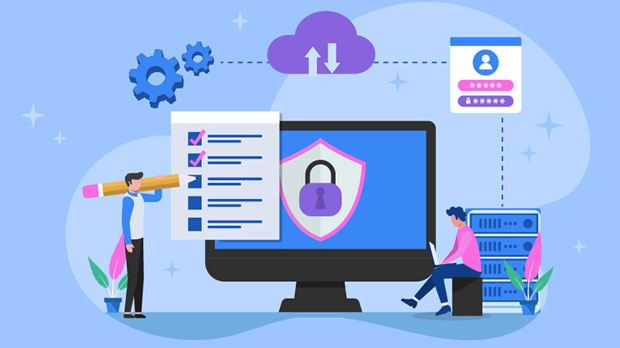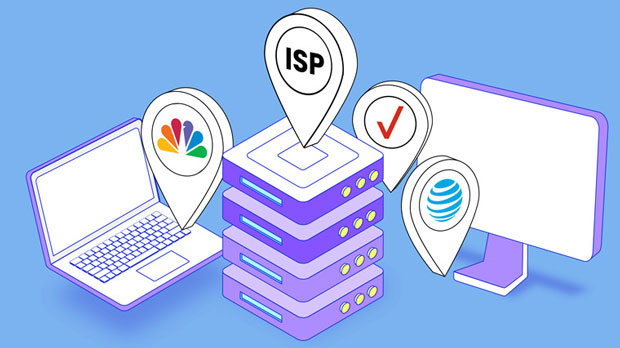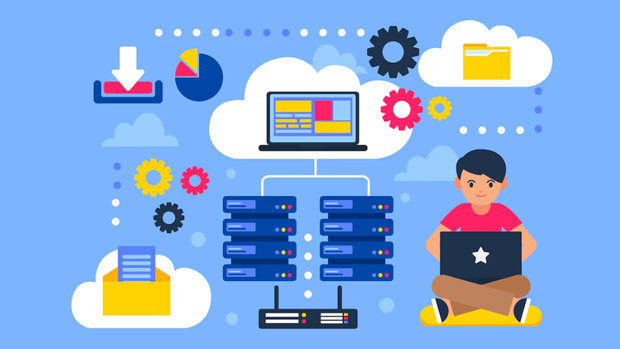Unmetered residential proxies have become an essential tool in modern SEO monitoring, offering significant advantages for digital marketers and SEO professionals. These proxies provide a seamless and anonymous way to gather data, track keyword rankings, analyze competitors, and access geographically restricted content. With the ability to bypass IP blocking and enhance the accuracy of SEO tools, unmetered residential proxies empower users to gain valuable insights without facing the limitations of traditional proxy solutions. This guide will delve into the applications, benefits, and best practices for using unmetered residential proxies in SEO monitoring. What Are Unmetered Residential Proxies?Unmetered residential proxies are proxy servers that route internet traffic through real residential IP addresses, as opposed to data center IPs. Unlike standard proxies, which have bandwidth limits or metered usage, unmetered residential proxies allow users to make unlimited requests without worrying about data consumption or throttling. This is especially beneficial for SEO monitoring, where continuous and high-volume data collection is often required.These proxies are typically provided by large networks of residential users who volunteer their IPs in exchange for compensation. This results in an IP pool that closely resembles real-world internet traffic, making it harder for websites to detect and block the proxy requests. Unmetered residential proxies are used for various SEO tasks, including web scraping, tracking search engine rankings, and performing competitor analysis.The Importance of SEO MonitoringSEO monitoring is crucial for businesses looking to improve their online visibility and stay competitive in the digital landscape. Monitoring SEO metrics, such as keyword rankings, backlink quality, and overall website performance, allows businesses to identify opportunities for improvement and fine-tune their digital strategies. However, traditional SEO tools often come with limitations, such as inaccurate data, IP blocking, and regional restrictions. This is where unmetered residential proxies come into play.By using unmetered residential proxies, SEO professionals can conduct more accurate and reliable SEO monitoring. These proxies enable users to access search engine results from multiple locations, bypass geo-restrictions, and avoid IP bans, all of which ensure that the data collected is genuine and not skewed by algorithmic filters or blocking mechanisms.Applications of Unmetered Residential Proxies in SEO Monitoring1. Keyword Ranking TrackingOne of the primary uses of unmetered residential proxies in SEO monitoring is keyword ranking tracking. Accurate keyword data is essential for understanding a website's performance in search engines and identifying areas for improvement. Residential proxies allow users to track keyword rankings from different geographic locations, ensuring that the data is not influenced by local search results or IP blocking.Traditional ranking tools often provide location-based results that may not reflect the true global rankings of a website. By using unmetered residential proxies, SEO professionals can simulate search engine queries from various regions, which helps to obtain a more comprehensive view of how a website ranks across different markets. This is particularly valuable for businesses with international or multi-location audiences.2. Competitor AnalysisUnmetered residential proxies are also invaluable for competitor analysis. By scraping data from competitors' websites without triggering security measures, SEO professionals can gain insights into their competitors' SEO strategies. This includes tracking keyword usage, identifying backlink profiles, and analyzing on-page optimization.Competitor analysis is an ongoing process that requires consistent monitoring. Residential proxies provide the ability to make continuous requests without restrictions, allowing businesses to stay ahead of their competitors by identifying emerging trends and tactics. Additionally, these proxies can help gather data on competitors' SERP (Search Engine Results Page) performance, revealing which keywords they are targeting and how well they are ranking.3. Web Scraping for SEO DataWeb scraping is another key application of unmetered residential proxies in SEO monitoring. SEO professionals often need to extract large amounts of data from websites, such as search engine results, industry trends, or competitor websites. Residential proxies enable them to scrape this data efficiently without being blocked or restricted by website security measures.By using unmetered residential proxies for web scraping, SEO professionals can collect a wide range of SEO-related data, including keyword rankings, meta tags, content analysis, and backlink structures. This data can then be analyzed to refine SEO strategies, identify areas of improvement, and spot emerging opportunities in the market.4. Managing Search Engine Results and SERP FeaturesThe search engine results page (SERP) is constantly evolving, with new features like featured snippets, knowledge panels, and local packs making it more dynamic. Monitoring these changes is critical for understanding how a website's content is being presented in search results.Unmetered residential proxies enable SEO professionals to track how their website appears in search engine results, including visibility in SERP features. By rotating residential IP addresses, users can monitor how different queries trigger different SERP features and assess the impact on their website’s visibility.5. Bypassing Geographical RestrictionsSEO professionals often need to access search engine results and websites from different countries or regions. However, many search engines tailor their results based on the user's location, which can lead to skewed data if only a single geographic region is used for monitoring. Unmetered residential proxies allow users to bypass these geographical restrictions by routing their requests through IPs from various locations around the world.By using these proxies, businesses can ensure that they are collecting SEO data that accurately reflects the performance of their website in different markets. This is especially important for companies that target international audiences and need to understand how their content is performing across different regions.Benefits of Unmetered Residential Proxies for SEO Monitoring1. Unlimited Requests and BandwidthOne of the key benefits of unmetered residential proxies is their ability to handle unlimited requests without any bandwidth limitations. This is crucial for SEO monitoring, as continuous and large-scale data collection is often required. Unmetered proxies ensure that SEO professionals can gather data without the risk of hitting usage caps or incurring additional costs.2. Enhanced Privacy and SecurityResidential proxies provide enhanced privacy and security by masking the user’s real IP address. This allows SEO professionals to gather data anonymously, without the risk of revealing their identity or being blocked by target websites. The use of real residential IPs also makes it difficult for websites to detect that the traffic is coming from a proxy, reducing the likelihood of bans or CAPTCHAs.3. Improved Accuracy and Real-World DataSince unmetered residential proxies use real residential IP addresses, they provide more accurate and realistic data compared to traditional data center proxies. Search engines and websites are less likely to block or filter traffic originating from residential IPs, ensuring that the data gathered is representative of real-world search results. This leads to more reliable SEO insights and more informed decision-making.Best Practices for Using Unmetered Residential Proxies in SEO Monitoring1. Choose a Reliable Proxy ProviderWhen using unmetered residential proxies for SEO monitoring, it’s important to select a reliable proxy provider. Look for providers that offer a large pool of residential IPs, high uptime rates, and advanced features such as IP rotation and geo-targeting. A trusted provider ensures that your SEO monitoring activities will run smoothly and efficiently.2. Implement Proxy RotationTo avoid detection and IP blocking, it’s important to implement proxy rotation. By rotating residential IPs regularly, you can mimic natural browsing patterns and prevent search engines from flagging your requests. Proxy rotation also helps to distribute the load evenly across different IPs, reducing the risk of overusing any single IP address.3. Monitor Proxy PerformanceRegularly monitor the performance of your proxies to ensure they are working efficiently. Track metrics such as response times, error rates, and connection stability. By keeping an eye on proxy performance, you can identify and resolve issues before they impact your SEO monitoring efforts.Unmetered residential proxies play a critical role in enhancing the accuracy and efficiency of SEO monitoring. By providing unlimited bandwidth, improved privacy, and access to real-world data, these proxies enable SEO professionals to track keyword rankings, analyze competitors, scrape web data, and monitor SERP features without restrictions. By following best practices and choosing a reliable provider, businesses can leverage unmetered residential proxies to gain valuable insights and stay ahead in the competitive world of SEO.
Aug 29, 2025



































































